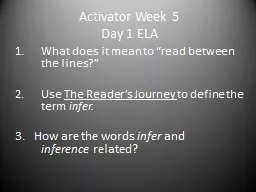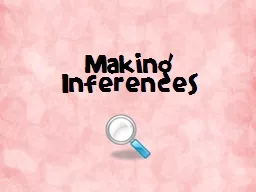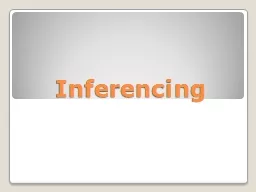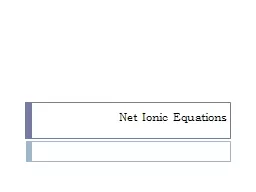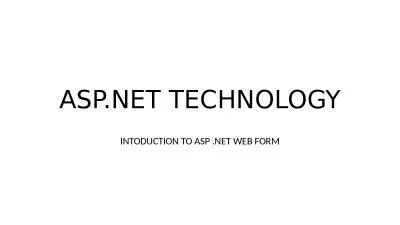PPT-Infer.NET
Author : luanne-stotts | Published Date : 2016-05-12
Building software with intelligence John Winn and John Guiver Microsoft Research Cambridge UK VTL03 Intelligent Software Search result Word Whos the best Clicks
Presentation Embed Code
Download Presentation
Download Presentation The PPT/PDF document "Infer.NET" is the property of its rightful owner. Permission is granted to download and print the materials on this website for personal, non-commercial use only, and to display it on your personal computer provided you do not modify the materials and that you retain all copyright notices contained in the materials. By downloading content from our website, you accept the terms of this agreement.
Infer.NET: Transcript
Download Rules Of Document
"Infer.NET"The content belongs to its owner. You may download and print it for personal use, without modification, and keep all copyright notices. By downloading, you agree to these terms.
Related Documents




